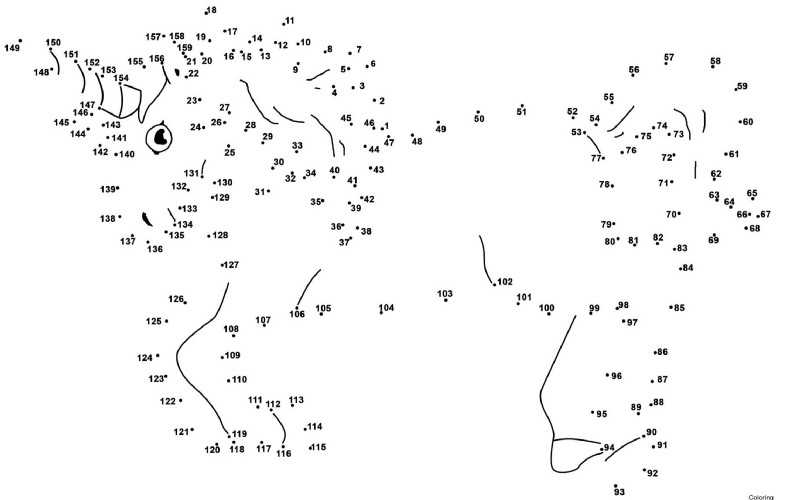Here’s a little game.
Pick a random in-progress “ticket” (card, story, task, etc.) in/on your tool of choice (e.g. physical board, Jira, Clubhouse etc.). Make sure it has no parent…it isn’t an “epic” for example. Now, attempt to connect that ticket to a big company goal.
Try this format…
We’re working on that ticket to [the mission of that ticket] to help us [some higher level mission], which will help us [some even higher level mission], which will help us [some even higher level mission]….(repeating)Keep going until you hit some meaningful 12–18 month company mission. You may run into a situation where that ticket enables multiple higher level missions. That’s OK…work each “branch” until the endpoint.
Example:
We’re working on Jira ticket ACT-1252 to predictively auto-fill transaction details, which will help us improve the efficiency of the bank reconciliation workflow, which will help us retain larger accounts with in-house bookkeepers, which will help us increase recurring revenue AND will help us market to larger prospects who we “lost” when they trialed the reconciliation workflowI could have been WAY more specific with the missions (e.g. increase recurring revenue by between $X and $Y in FY2018), but you get the idea.
If you’re feeling adventurous, describe the impact relationship between the two items:
Which will help us improve the efficiency of the bank reconciliation workflow BY saving between 15 and 20 minutes to finish the process…and even venture into what you know and assume, first by swapping out “which will” with “which we believe will…”, and adding some data
Which we believe will help us improve the efficiency of the bank reconciliation workflow by saving between 15 and 20 minutes to finish the process because we know 80% of customers spend ~15 minutes per reconciliation filling out data we have a 90% probability of guessing accurately.How did it go? Write out your response and hand it to someone. Does it make sense to them? Pay close attention to the number of “hops”. If you had <=3 hops, are you skipping intermediary steps in the chain of impact (e.g. going from a 1–3 day task, to a 6 month goal horizon, to an 18 month goal horizon)?
Above all — being honest with yourself — does it all hold water? Are there huge leap-of-faith assumptions? Would you bet your own money on these impacts working out? If you are a PM, how would your team do at this exercise?
Please let me know in the comments how this worked out for you.
Here’s what I have learned by doing this exercise in many different settings:
- Product managers (probably because they practice this kind of horizon juggling) are typically able to stumble through on the first try. But not with great results. Developers and designers flat out struggle — not due to lack of skill, but lack of coherent up to date information.
- The “messy middle” is where things fall apart. The high level company goal is bold and coherent. The near-term goal makes sense. The ticket makes sense. But shared understanding of the middle — the 3–9 month “why” and the impacts both up and down the chain — are often lacking.
- Real work typically doesn’t fall into neat little quarter increments. And even when it does, a quarter goal is but one step in the chain of impacts. Also, depending on the industry, you can have coherent 4 hop descriptions and coherent 8 hop descriptions. There’s no hard a fast rule (except that that <=3 typically feels too simplistic).
- Once you get 3+ steps “up” the chain, it is very, very rare to find a single team that has full autonomy over that impact.
- Once you get 2+ steps “up”, you are in the realm of being able to solve the problem in multiple ways.
- Finally…the whole impact chain is absolutely filled with assumptions, even as you get up into the 3+ range. In my mind, this is what is missing from common goal setting frameworks. There’s no honest treatment of uncertainty. So the “nice roll up” falls apart with any scrutiny. So what?
Imagine everyone in your company being able to rattle this off for their work. And believe it (including believing how uncertainty is described). And have it guide their work…finding more innovative ways to achieve the things that matter. Wouldn’t that be awesome? Is that happening right now? Why not? If you’re using OKRs and they aren’t providing this overview, why is that?
In my mind, this is a product team burden to bear. Go forth….
